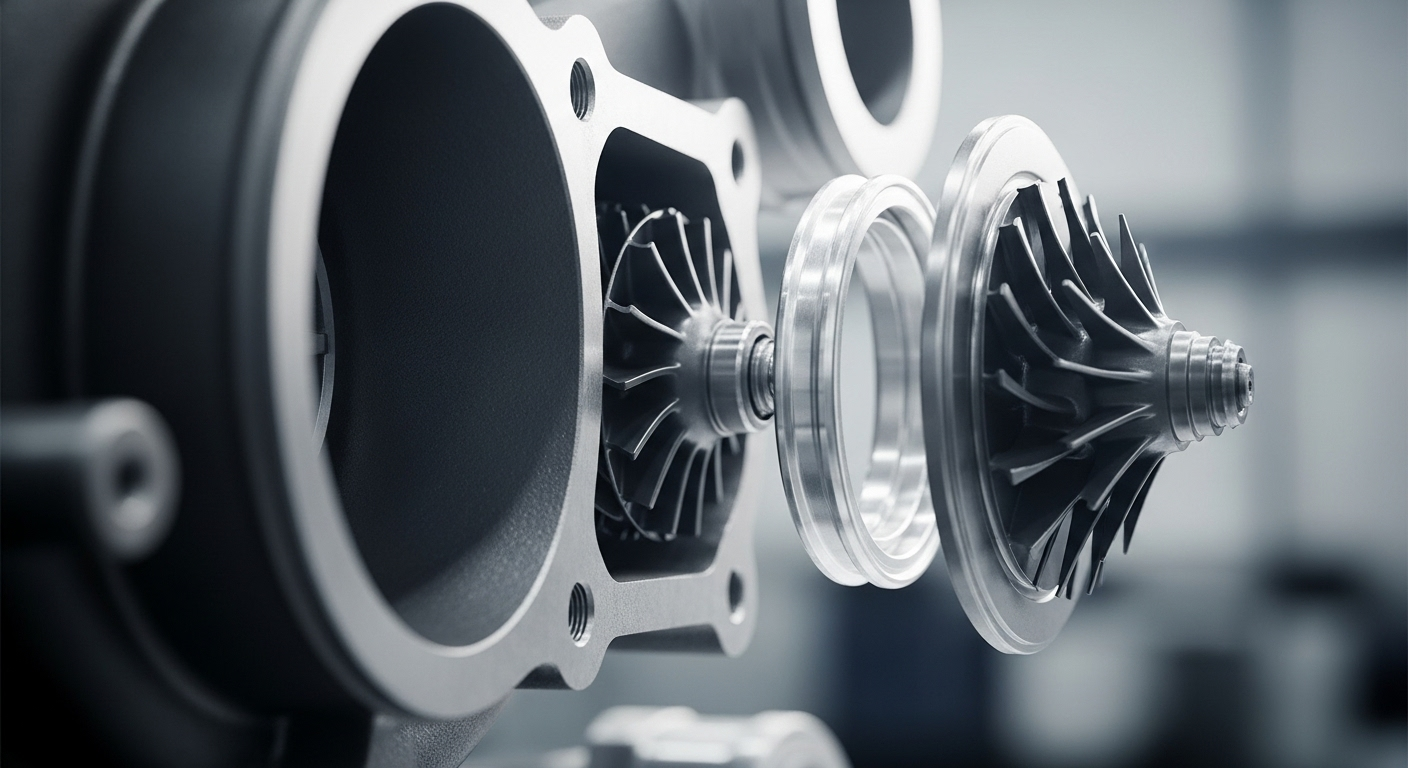Decoding the Mysteries of Vehicle Lightweighting
In the ever-evolving world of automotive engineering, vehicle lightweighting stands as a beacon of innovation, promising to revolutionize the way we think about car design and performance. This cutting-edge approach to vehicle construction goes beyond simply shedding pounds; it's a comprehensive strategy that touches every aspect of a car's DNA. From enhanced fuel efficiency to improved handling, lightweighting is reshaping the automotive landscape in ways both subtle and profound.

Redefining Strength: The Science of Materials
At the heart of vehicle lightweighting is a revolution in materials science. Engineers are turning to advanced composites, high-strength steels, and innovative alloys to create components that are both lighter and stronger than their predecessors. Carbon fiber reinforced polymers (CFRP), once the domain of high-end sports cars, are finding their way into more mainstream vehicles. These materials offer strength-to-weight ratios that were unimaginable just a few decades ago, allowing for dramatic reductions in vehicle mass without compromising structural integrity.
The Ripple Effect: Cascading Weight Savings
One of the most fascinating aspects of vehicle lightweighting is the cascading effect it has on overall design. When engineers reduce the weight of one component, it often allows for further weight reductions in other areas. A lighter body, for instance, means a smaller engine can provide the same level of performance. This, in turn, leads to a lighter transmission, smaller fuel tank, and so on. This virtuous cycle of weight reduction can result in significant overall weight savings, sometimes up to 30% of a vehicle’s total mass.
Beyond the Scale: Performance Benefits of Lightweighting
While reduced fuel consumption is often touted as the primary benefit of lightweighting, the performance advantages are equally impressive. Lighter vehicles accelerate faster, brake more efficiently, and handle with greater agility. This enhanced performance isn’t just about speed; it translates to improved safety as well. Lighter vehicles can react more quickly to driver inputs, potentially avoiding accidents that heavier cars might not be able to escape.
The Manufacturing Challenge: Balancing Cost and Innovation
Despite its many advantages, widespread adoption of lightweighting techniques faces significant hurdles. Many of the advanced materials used in lightweighting, such as carbon fiber and titanium alloys, are substantially more expensive than traditional steel. Additionally, these materials often require specialized manufacturing processes, further driving up costs. The challenge for automakers lies in finding ways to implement lightweighting strategies while keeping vehicles affordable for the average consumer.
The Road Ahead: Future Trends in Lightweighting
As technology advances, the future of vehicle lightweighting looks increasingly promising. Researchers are exploring new frontiers in materials science, including nanostructured metals and bio-inspired composites that could offer even greater strength-to-weight ratios. 3D printing and advanced manufacturing techniques are also opening up new possibilities for creating complex, lightweight structures that were previously impossible to produce.
Moreover, the push towards electrification in the automotive industry is creating new opportunities for lightweighting. Electric vehicles, with their heavy battery packs, benefit greatly from weight reduction in other areas. As battery technology improves and energy densities increase, we can expect to see even more dramatic applications of lightweighting principles in electric vehicle design.
In conclusion, vehicle lightweighting represents a fundamental shift in automotive engineering philosophy. It’s a multifaceted approach that requires rethinking every aspect of vehicle design, from the materials used to the manufacturing processes employed. As the industry continues to push the boundaries of what’s possible, we can expect to see cars that are not only more efficient and environmentally friendly but also safer and more enjoyable to drive. The road ahead for vehicle lightweighting is filled with challenges, but the potential rewards – for both consumers and the planet – are immense.





